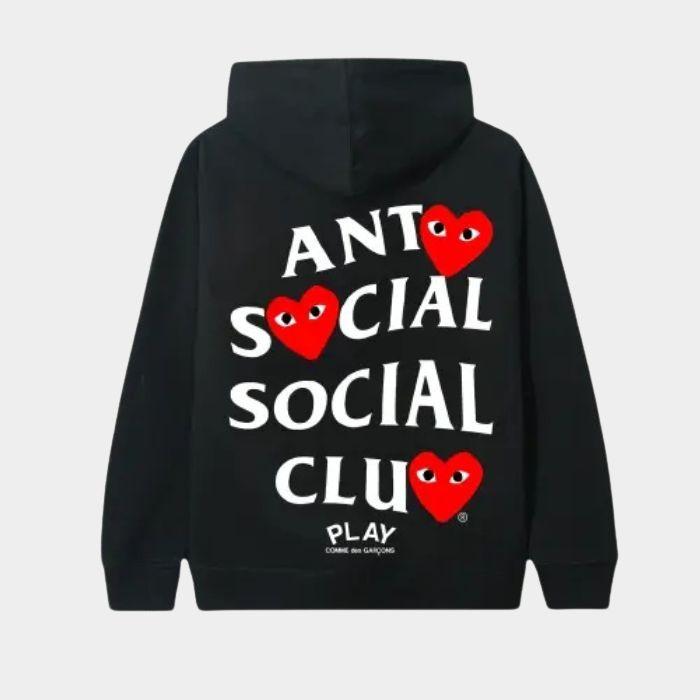There’s something rebellious about Comme des Garçons that’s hard to pin down. It’s not loud rebellion—the kind that screams through slogans or graffiti prints—but a quiet defiance. Every collection feels like a question mark aimed at the fashion system itself. The silhouettes are offbeat, the fabrics clash, the shapes disobey the rules. Comme doesn’t dress you to fit in. It dresses you to confuse, to intrigue, to stand alone.
Back in the day, while Paris chased polished glamour, Comme rolled in with raw edges and unfinished hems, flipping the idea of “luxury” upside down. That messy elegance? It became the brand’s signature—and a whole generation’s new version of cool.
Rei Kawakubo: The Enigmatic Visionary
Rei Kawakubo isn’t your typical designer. She’s more like an architect of feeling—building shapes out of emotion, not fabric. Interviews with her are famously cryptic; she doesn’t explain much. But that’s the point. Her work speaks louder than any quote could.
Kawakubo once said she designs “in the space between creation and destruction.” That’s exactly what Comme feels like: a tension between beauty and distortion, structure and chaos. She’s never tried to make something pretty; she makes something real—something human.
From Anti-Fashion to Global Obsession
When Comme des Garcons hit Paris in the early ’80s, critics called it “Hiroshima chic.” They didn’t get it. The torn fabrics, the dark palette, the androgynous cuts—it all felt like fashion’s apocalypse. But for the new wave generation, it was liberation.
Fast-forward a few decades, and what was once considered “anti-fashion” has become one of the most coveted aesthetics on the planet. From Tokyo to London to New York, Comme’s influence seeps into every corner of the industry. Its essence—defying expectation—has become the ultimate statement of individuality.
The Art of Imperfection
In a world obsessed with perfection, Comme des Garçons celebrates the opposite. Holes, wrinkles, uneven stitches—they’re intentional. They’re a reminder that beauty doesn’t need symmetry. This isn’t about carelessness; it’s about character.
The label’s approach to imperfection resonates deeply with modern youth culture. It mirrors how we see ourselves—flawed, layered, in progress. That’s why Comme pieces feel alive. Every rip, every off-kilter cut carries personality. It’s wearable rebellion wrapped in art.
Collaborations That Shifted Culture
Comme des Garçons doesn’t just collaborate—it transforms. When Kawakubo’s world collides with brands like Nike, Supreme, or Converse, something unexpected happens. It’s not just hype; it’s dialogue.
The “Play” line with its quirky heart logo made avant-garde design accessible to a wider crowd, while high-concept collabs with brands like Gucci or Stüssy reminded everyone that Comme can play in any league. These partnerships bridge subcultures, pulling skaters, stylists, and art kids under one banner of beautifully odd creativity.
The Dover Street Market Effect
Walking into Dover Street Market feels like stepping inside Kawakubo’s brain. It’s not a store—it’s a living installation. Each floor shifts and evolves with time, blending art, fashion, and design in a way that makes shopping feel like discovery.
Here, Comme des Garçons isn’t just a label; it’s a philosophy. Brands coexist like artists in a gallery. The racks tell stories, the mannequins look like sculptures, and even the fitting rooms carry a sense of ritual. CDG hoodie changed how retail could feel—making it experiential long before that word became a marketing cliché.
The Future of “Cool” According to Comme
In a culture obsessed with clout and fast drops, Comme des Garçons stands still—and somehow stays ahead. That’s real cool. It’s not about chasing relevance; it’s about owning your own rhythm.
Kawakubo’s world doesn’t follow fashion’s clock. It moves on instinct. As trends loop faster and faster, Comme remains that steady, strange force reminding everyone that cool isn’t about fitting in—it’s about standing out without even trying.


Join our community to interact with posts!